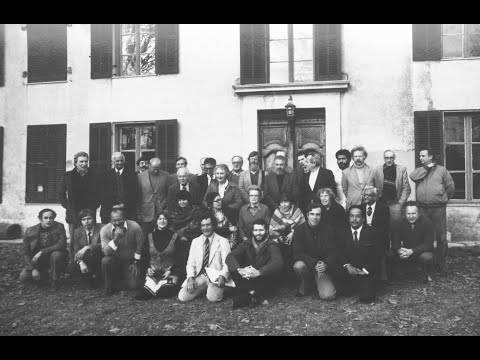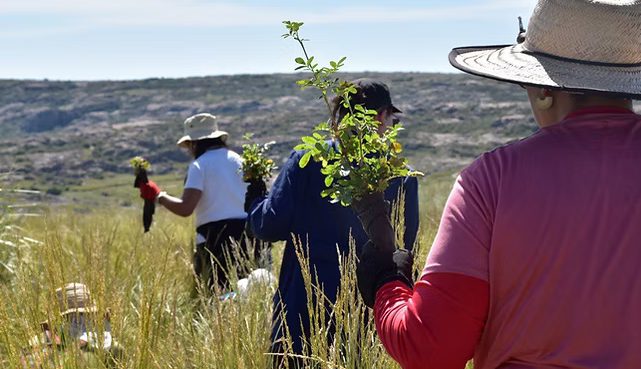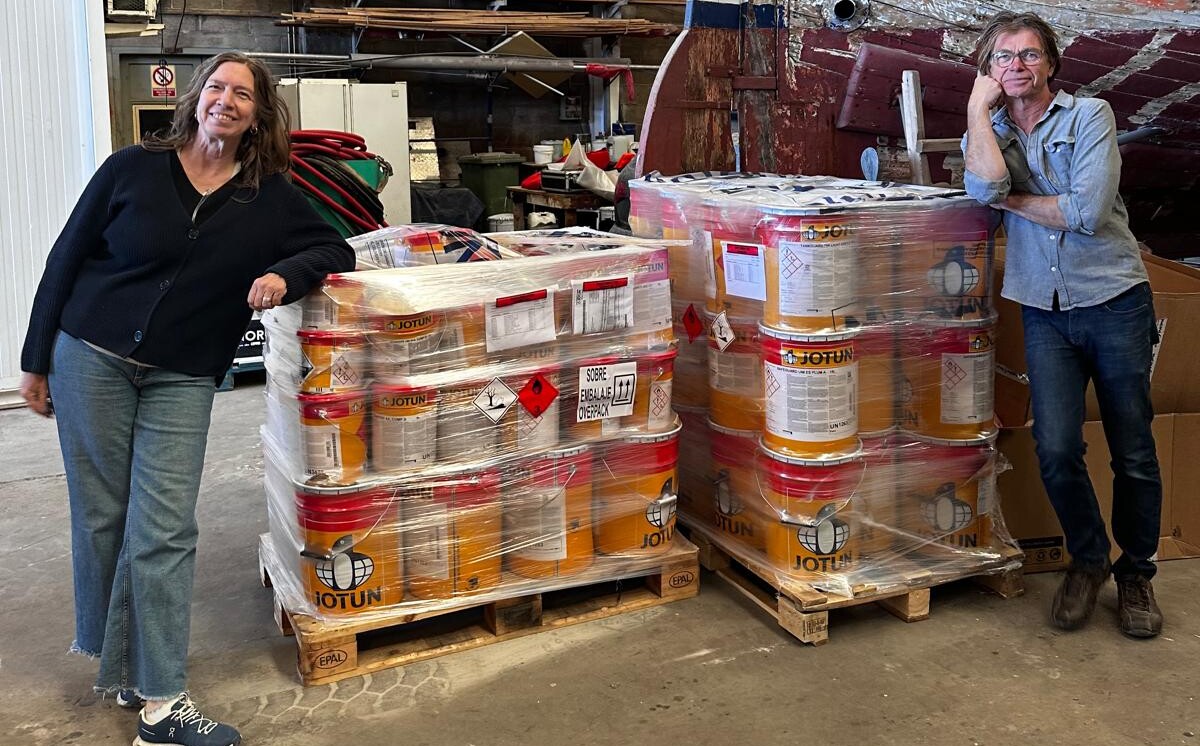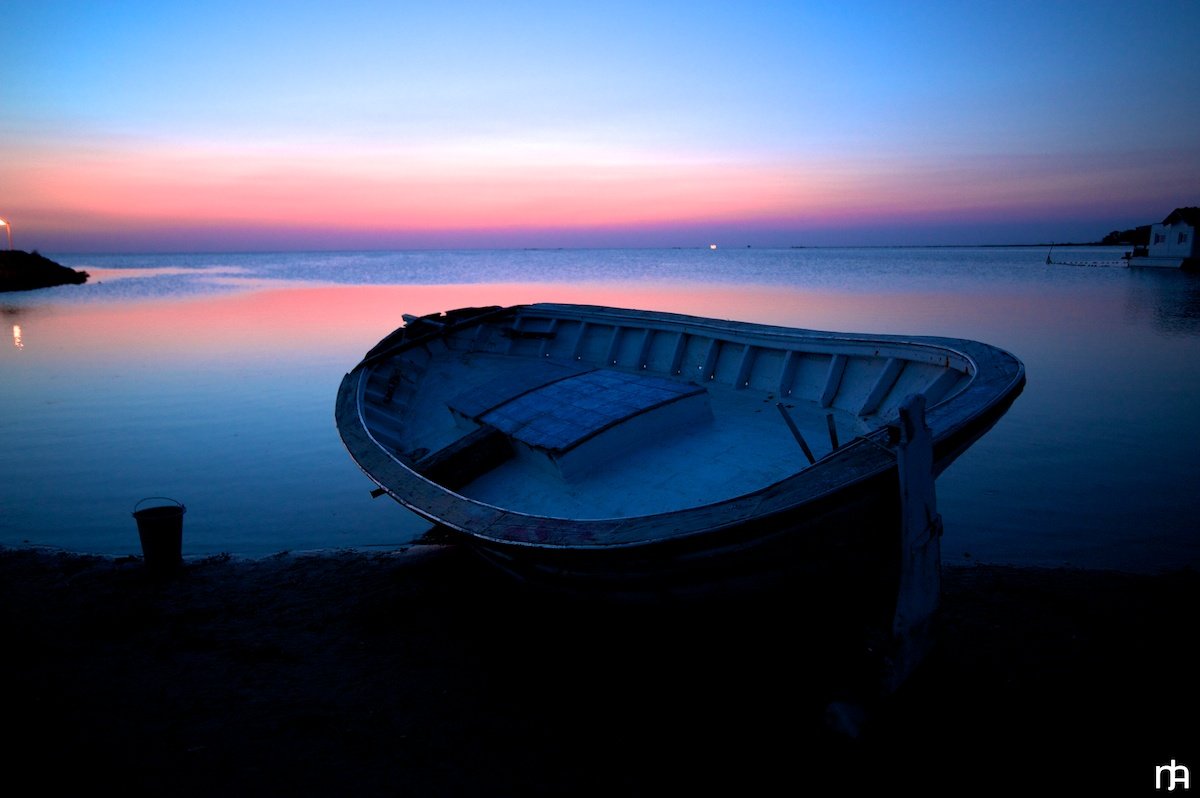Mediterranean
Conference Summary
This weekend we have gathered to investigate and celebrate the Mediterranean.
Before I attempt to provide some reflection on the truly many-splendored journey we have shared , I wish to acknowledge and deeply thank the people who have made our collective experience so deeply satisfying on many levels.
For overall conference management and making sure that the planning had groundtruth and logistical know-how, we thank Margaret Augustine and Marie Harding. John Allen for having the vision for this conference. John, Kathelin Gray and Deborah Snyder for helping find the right people. Bill Dempster brilliantly carried out the task of organizing transportation needs. Gessie Houghton took care of A/V and Johanna Eurich of sound recording with their typical elan. For the incredible cuisine, we toast all the chefs, especially Chili Hawes and Cyclone Rimondi and the many Ecotechnicians and Heracliteans in their team. We raise a toast to Thrity (and Claus) for managing the convivial Liquid Continent Lounge. And how can we thank Cesco and Cyclone Rimondi enough for keeping Les Marronniers an island of beauty, serenity and Provencal authenticity, their generous hospitality in welcoming we merry band to this magical place?
We were enriched by a wide variety of perspectives on the Mediterranean. These are the notes the Chairman passed me late last night from the wild ride.
Daniel Garcia-Castellanos opened our conference by setting the geological stage. We learned that the Mediterranean is a geologically recent sea – formed by the breakup of Pangea, movement of the African and Eurasian plates, and the evolution of the Tethys Ocean. The geology of the Mediterranean is especially complex and difficult to understand, but some 6 million years ago, the Mediterranean disconnected from the Atlantic and the Messinian salinity crisis resulted in vast deposits of salt. Then, uncannily like the myth of Hercules opening the straits of Gibraltar, the Mediterranean was filled in the extraordinary Zanclean flood event through a two hundred meter hole which may have only taken one or two years and resulted in massive erosion. Daniel ended with a review of how science differs from myth and noted though the future is not well enough understand to exactly predict, the Mediterranean will be a transient event, as geologists measure time, and will disappear as the plates continue to move and Earth continues to change.
Alexandre Meinesz took us on a survey of the Mediterranean’s marine life. The Med had three sources of species – the Indian Ocean, the tropical Atlantic and most from the North Atlantic; since its formation endemic species have evolved. Mixing of the sea means there are no outright extinctions but loss of local species due to human impacts. He reviewed the serious impacts of coastal, port development which permanently destroy littoral benthic ecosystems, where biodiversity is greatest because of availability of light and diversity of biotopes. There are very serious dangers posed by invasive species such as explosively spreading tropical algae. Though it is currently economically and politically taboo, marine biologists urge permanent protection of the coastal waters of the Mediterranean along with efforts to control invasive exotic species if we wish to protect marine biodiversity.
Captain Rip Hayman reviewed some five thousand years of maritime history of the Mediterranean. Quoting Homer, “the seas connect, but the land divides”, he reviewed some of the recurring cycles of trade, piracy, war and conquest in the Mediterranean. The Med’s maritime history is particularly rich because the proximity of its lands encouraged the building of ships, the first of which are recorded in ancient Egypt. Lost in the mists of time are the “sea people” who perhaps became the Phoenicians. He traced the evolution of ship technology and the rich mythology of the sea – from Oceanus and Tethys, to Jason and his Argonauts whose drive permeates Western Civilization, the desire to go out into the unknown. In the Mediterranean industrialized warfare using ships probably had its origins as imperial powers fought over prized ports and trade routes. Currently massive overfishing and mass tourism threatens traditional sea peoples’ ways of life and livelihood. Rip ended by asking if the Mediterranean will be a sea of peace in the future.
Kathelin Gray, Christine Handte and Johanna Eurich introduced us to the history and current expedition of the Heraclitus. The ship has sailed some 270,000 miles since its construction in 1976, doing whale, dolphin release, coral reef, Amazonian ethnobotanical research and contacting sea people cultures around the world. Now it is embarked on a 4-year oral history project throughout the Mediterranean, documenting the people of its ports and coasts, its trading goods, routes, currents, songs, dances and myths of this culturally rich sea. The stories of the people with connection to the sea are especially valuable as traditional ways of life continue to disappear. Such stories encode a sophisticated relationship to place and could guide restoration in the future should the “race to the bottom”, typified by industrial super-trawler fishing ships, be replaced by sustainable use of the marine resources. “Ask now, listen
forever”.
After our visit to the Heraclitus at the Vieux Port in Marseille, Alessandra Belloni took our conference to an amazing new energy level. She uplifted and grounded us using the music and dance of the surviving ancient spiritual rituals of the Mediterranean. Illustrating a number of traditional types of dances and drumming, Alessandra reminded us that frame drums were originally woman’s instruments and that the ancient cultures of the Mediterranean were matriarchal, The tambourine, drums and dances were used in honor of the Earth Mother, Cybele, then later for the Black Madonna, a powerful symbol of the depths of the Earth, the female womb, the dark side of the Moon.
We sang the chorus of the rhythmic fishermen songs used to bring the fish. Dancing and drums unleash healing powers and many derive from the Dionysian Bacchae involving erotic and orgiastic release. Alessandra concluded with several versions of the powerful tarantella dance, to purify the poisons, using the dance of the spider-woman which can produce trance and transform the “bite of love”.
Alexander Borg shared with us his passion for deciphering and documenting the linguistic ecology of the Mediterranean. He illustrated the intricate interplays of languages which make the region unique. A culture’s lexicon reveals their worldview and the historical cultures which have impacted them. Maltese reflects its deep connection with the sea and is a mix of Arabic, south Italian, Greek and Turkish. Dialects are communal languages and perpetuate local cultures by a process of self-distancing. Alexander’s commitment to the preservation of these unique cultures has led him to develop an alphabet and dictionary for Cypriote Maronite Arabic but the political instability of communities is also part of
the Mediterranean linguistic ecology. The best we can perhaps do for some of them, when the forces of globalization and mixing mean their protective isolation is broken, may be to record their languages for posterity.
Michel Chauvet took us through the mouth-watering history of food and agriculture in the region. The Mediterranean diet and agriculture mirror the evolution of foods worldwide. From our roots as hunter-gatherers before agriculture, when wild grains, vegetables, tubers and fruits/nuts supplied our needs, agriculture transformed our diet when the technologies of the Fertile Crescent reached the Mediterranean some 7000 years ago. Michel showed us the founder crops, and later the cereals evolved in domesticity and the successive waves of food crops which reached the Mediterranean from Asia, Africa and the Americas. Today technical advances in transportation, greenhouses and plant breeding and genetics have made their contributions but the question remains what will be sustainable in the future.
Claudine Cohen took us on an expedition to our evolutionary origins. She showed how simplistic linear sequences have been supplanted by more complex family trees. The earliest common ancestors of hominids were small brained, with bipedalism perhaps a more important factor than our intelligence. The discovery of our ancestors is an unfolding story, with the earliest hominids now dated at over 6 million years. DNA and molecular evidence give us new tools in discovering our story. The Mediterranean played an important role, with its mild climate and abundant resources. There is evidence of the close proximity of Neanderthal and Cro-Magnon man around the Med, and the probable hybridization of the two. Anatomical evolution of our species has given way to cultural evolution in the Neolithic, as hunter-gathering gave way to agricultural sedentary cultures.
Antonino Saggio took us along on his mind-expanding magical mystery tour, from the Etruscans to the emerging outlines of a new artistic sensibility. Taking Italy as his microcosmos he decoded three types of imprinting, from the light and shadow of the elevated Greek south to the Roman abstract, military grid of the North and the Etruscan organic earthiness of central Italy. Nino led us through the Via Cave culture which saw the Earth as alive and sacred, to the successor cultures which forgot and attempted to bury this worldview. He shared the emerging new architecture with its multi-functional, green, living accessibility coming to birth through what he called magic crisis. His inspirations were fueled by decoding through the cracks, two of the revolutionary artists of the Mediterranean: Caravaggio who broke the frame, putting people on the stage at a moment of precarious equilibrium and launching the power of the digital. He
ended with the journey of Vincent van Gogh, from the bleak north to the vivid and vibrant Mediterranean.
Tahir Shah brought the storied Mediterranean alive, sharing tales of Jinns and magic. He took us to the world where humanity should live – where fact and fantasy merge, to the childlike wonder and the dream-state. Coming to the Mediterranean via Afghanistan and living in Morocco, a thousand and one nights land, he reflected on the erosion of Western Civilization, where too much is read and too little understood. Stories, the “once upon a time” which sets our minds free, are mechanisms for allowing truth to be absorbed and transmitted, like water by a sponge. He recounted some favorites, including several from the incomparable Mullah Nasrudin. He shared his personal hunt for the story in his heart, which Moroccans believe is true of everyone, and finding which you will light up like having a thousand stars inside. Half the Mediterranean still lives with this enriching magic which should be the natural, default setting of humanity: the stories, the oral transmission, which we pass on like a baton from generation to generation.
Roger Malina ended our expedition to the Mediterranean by leading us to the safe space where science and art meet and collaborate. He celebrated the curiosity which drive both – the scientist’s ethos, objective finding, sharing of data, impersonal, skeptical and evolving. The artist’s curiosity is no less but is embodied, social, cultural. He gave us stunning examples of the cutting-edge in modern science and art and some examples of what is now possible: dancing with your avator in zero-gravity, swimming in the world of data, nano-fireworks, experiencing the world with three arms and three ears. For experience of worlds beyond our experience, artists are equally able as scientists to achieve valuable insights. Humans may be poorly designed for understanding the universe, and need instruments to expand our senses, but we are superb at generating meaning.
For all that we have learned and experienced this weekend, it’s clear that we have only made an initial reconnaissance, since the Mediterranean is a world with depth upon depth. Though it can no longer be seen as the center of world history, its past, present and future remain remarkably important. David Abulafia in his magnificent history, the Great Sea, concludes that “the unity of Mediterranean history lies paradoxically in its swirling changeability, in the diasporas of
merchants and exiles, in the people hurrying to cross its surface as quickly as possible….Its opposing shores are close enough to permit easy contact, but far enough apart to allow societies to develop distinctively under the influence of
their hinterland as well as of one another…. The Mediterranean thus became probably the most vigorous place of interaction between different societies on the face of this planet, and it has played a role in the history of human
civilization that has far surpassed any other expanse of sea”.
We live in times that are dramatic and challenging, full of potential but also grave danger. TheMediterranean is where much that is wrong emerged, from industrialized warfare, the cycles of empire and conquest, religious intolerance and conflict and abuse of resources. But it is also where so much that is hopeful has come – from its healing sacred rituals, the maintenance of oral traditions of value transmission, its unique record of cross-fertilization and enriching of
cultures, its artistic inspirations and scientific achievements that are timeless and eternal. The Mediterranean is in short, a microcosm of our planet and the current state of the human experiment.
What history is awaiting us? Joyce’s Daedalus declares, “History is a nightmare from which I am trying to awake”. Blake wished to “destroy this sorry world entire, and remake it closer to our heart’s desire”. Margaret Meade reminded us: “Never doubt that a small group of people can make history. It’s the only thing that ever has”.
May we take the energy, wisdom and perhaps collective intelligence we have generated this weekend to not
simply await, but to help shape that future, with one lucky step after another…in the right direction. So we end by beginning.






